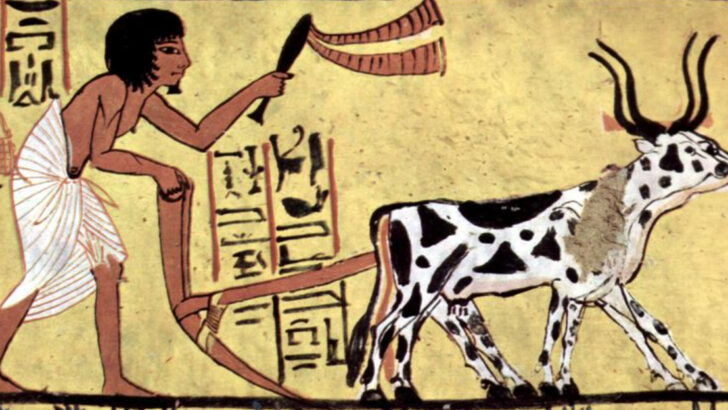History wasn’t shaped by humans alone. Some of its biggest twists came on four legs, six legs—or wings. From the horse that carried empires to victory, to the tiny flea that helped bring Europe to its knees, animals have steered the fate of civilizations in ways we rarely stop to consider. They’ve started wars, ended famines, built trade routes, and even sparked medical revolutions. Some changed the world through loyalty and labor. Others, through chaos and disease. Here are 21 animals that didn’t just live through history—they made it.
Horse
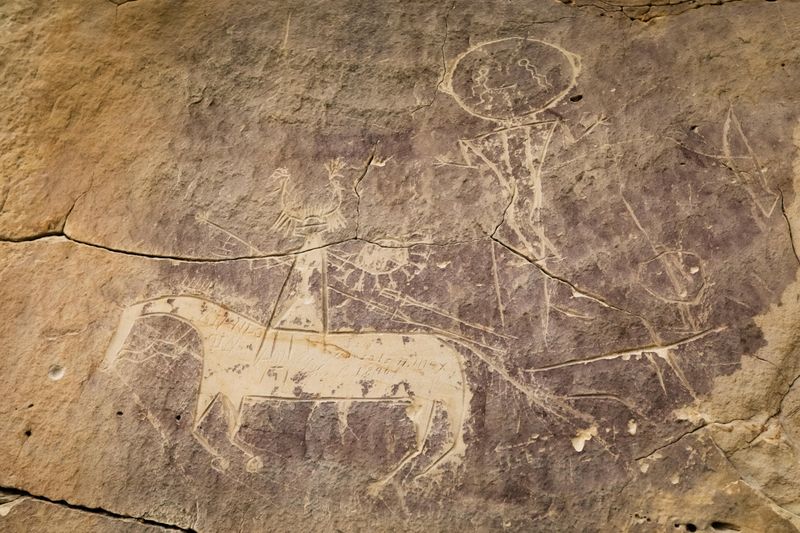
The horse, with its incredible strength and speed, transformed human history. These noble creatures became the backbone of transportation, allowing for the expansion of empires and the exchange of cultures. From the swift Mongol invasions to the steadfast Pony Express, horses have been vital in communication and trade.
Their role in agriculture revolutionized farming, making plowing and harvesting more efficient. In warfare, mounted cavalry changed battle strategies forever. Horses continue to symbolize power and freedom, reflecting their timeless importance.
Did you know? The domestication of the horse dates back to around 3500 BC in the steppes of Central Asia.
Dog
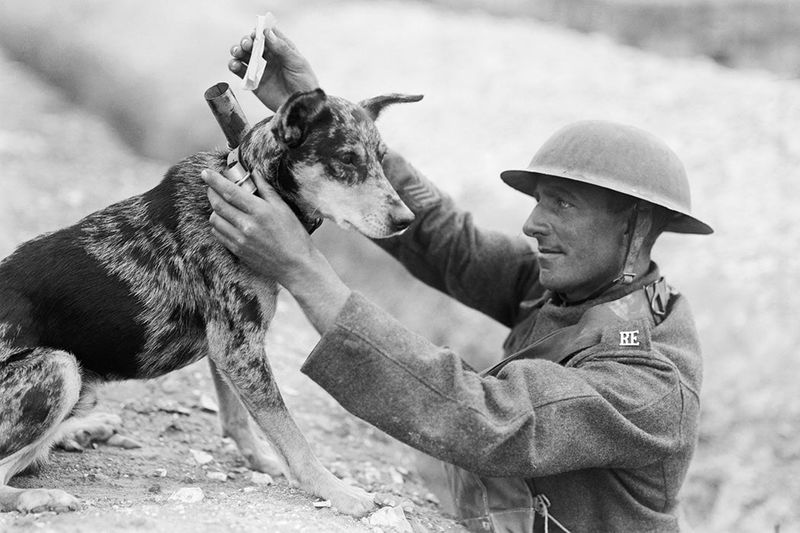
Man’s best friend, the dog, was the first domesticated animal and has been an indispensable companion throughout history. These intelligent creatures aided early humans in hunting, offering protection and companionship. Their keen senses and loyalty made them perfect partners in survival.
Dogs played crucial roles in herding, guarding livestock, and navigating through challenging terrains. Their ability to bond with humans transformed the way we live and work together.
Fun Fact: Recent studies show dogs can understand human emotions, reflecting our deep connection. Their impact on society is undeniable and ever-evolving.
Cow (Cattle)
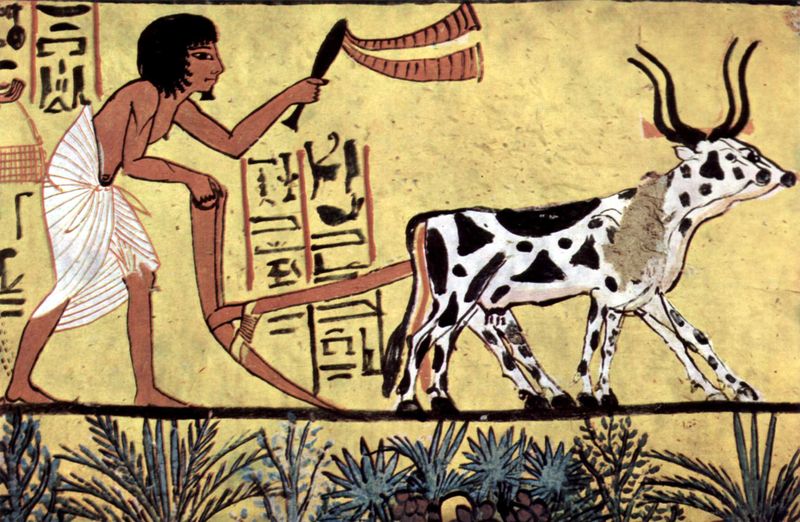
Cows, or cattle, have been central to human civilization for millennia, providing sustenance and livelihood. These gentle giants offer milk, meat, and hides, fueling dietary and economic needs. Agriculture flourished with their labor, shaping early societies and cultures.
Cattle hold religious significance in Hinduism, symbolizing life and abundance. Their role extends beyond farming; they represent cultural heritage and tradition in numerous societies.
Did you know? The domestication of cattle began around 10,500 years ago in modern-day Turkey. Their contribution to human progress is profound, reflecting a timeless partnership.
Sheep
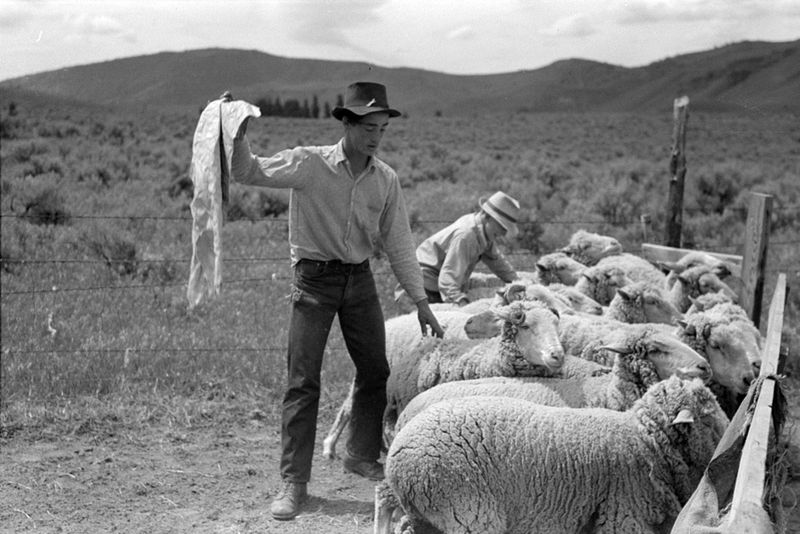
Sheep, with their soft wool and gentle demeanor, have been instrumental in human history. Their wool provided essential warmth and comfort, fueling the textile industry for thousands of years. As a source of meat and milk, they contributed to human nutrition and survival.
The trade of woolen goods established connections between distant lands, enhancing commerce and cultural exchange. Sheep farming transformed economies, particularly in regions like England and the Middle East.
Quirky Fact: Sheep have excellent memories, able to remember up to 50 individual faces. Their role in shaping human industry is enduring and significant.
Pig
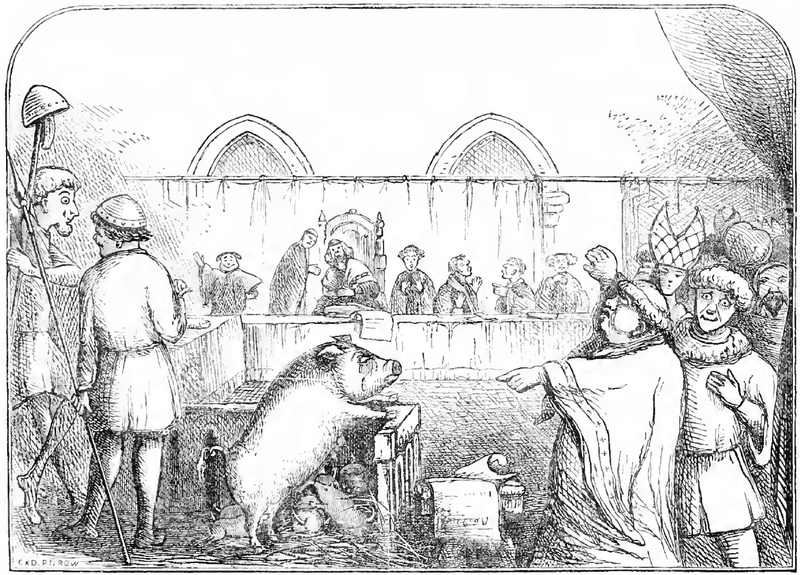
Pigs, often underestimated, have been a cornerstone in human agriculture and diet. Their domestication provided a reliable source of meat, crucial for early farming communities. Pigs are adaptable, thriving in diverse environments and contributing to agricultural sustainability.
They have played various roles across cultures, from religious symbolism to culinary traditions. Pigs’ efficient reproduction and growth rates made them a staple in human nutrition.
Fun Tidbit: Pigs are known for their intelligence, capable of problem-solving and social interaction. Their significance in human history is both practical and cultural, showcasing their adaptability.
Chicken
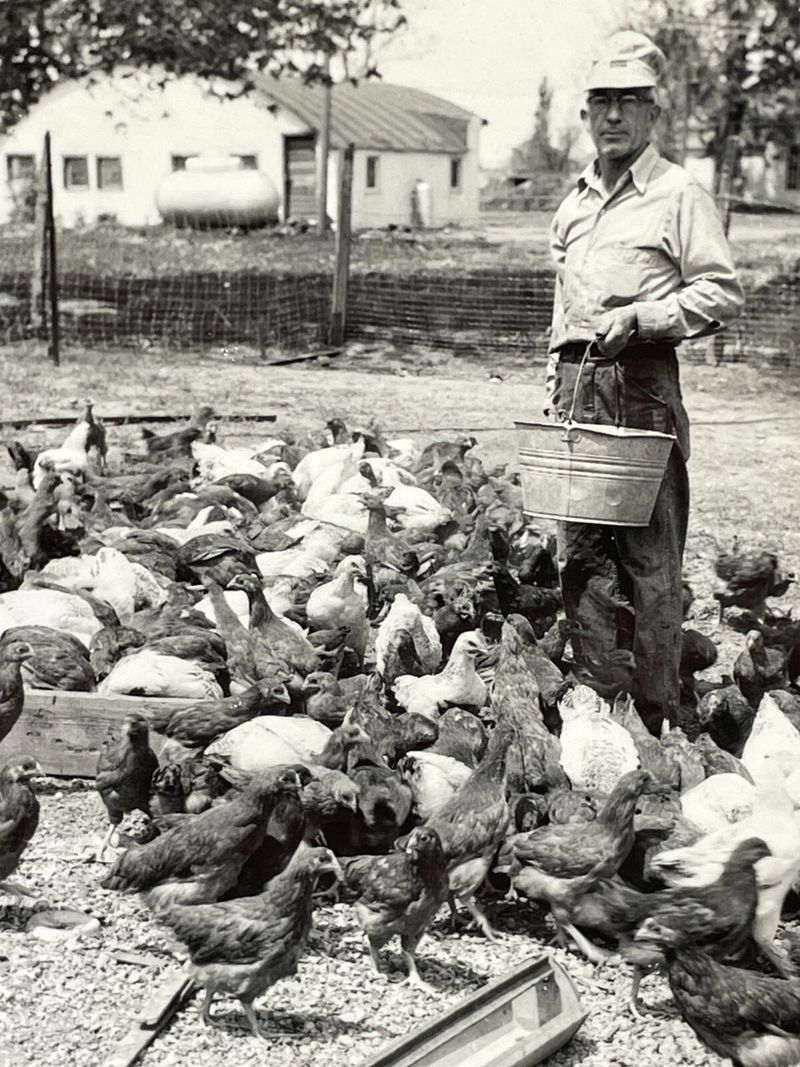
Chickens, ubiquitous in farms worldwide, have profoundly impacted agriculture and culture. They provide eggs and meat, staples in global diets, and are central to farming practices. Chickens’ role extends to religious rituals and cultural symbols across civilizations.
Their contribution to science is noteworthy, with egg studies aiding in vaccine development and scientific research. Chickens are adaptable and efficient, thriving in various environments.
Did you know? The domestication of chickens began over 8,000 years ago in Southeast Asia. Their influence on agriculture and society continues to be vital, reflecting their enduring relevance.
Honeybee
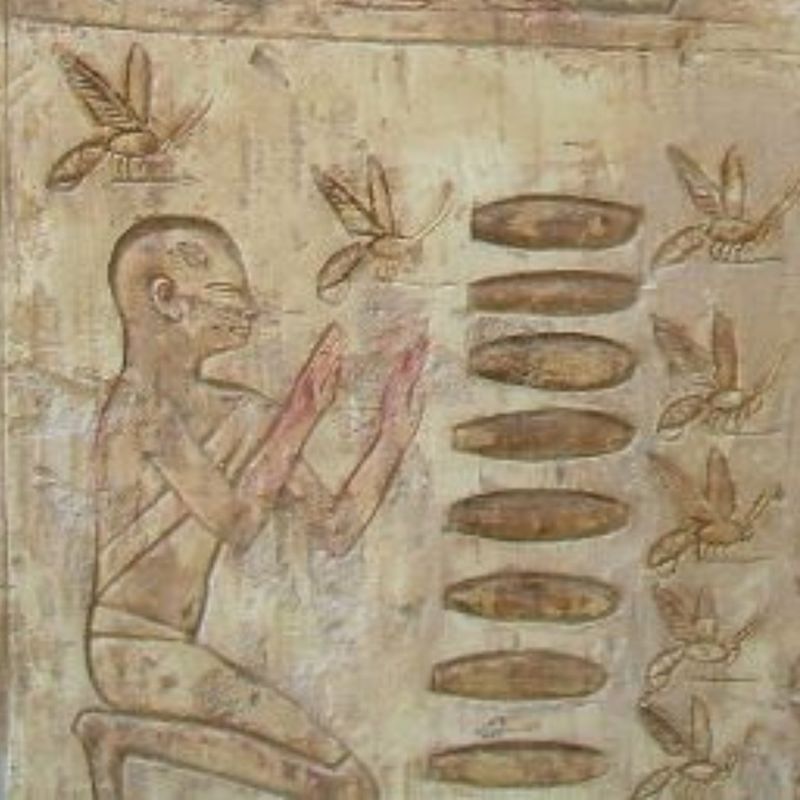
The diligent honeybee, with its tireless work ethic, is crucial to global agriculture. By pollinating one-third of the world’s crops, honeybees sustain ecosystems and food production. Their honey provides natural sweetness and medicinal properties, valued across cultures.
Beekeeping has been practiced for millennia, symbolizing harmony with nature and community effort. The economic and ecological significance of honeybees is immense, influencing trade and biodiversity.
Mind-Boggling Fact: A single bee can visit thousands of flowers in a day. Their unwavering dedication highlights their indispensable role in sustaining life and prosperity on Earth.
Silkworm
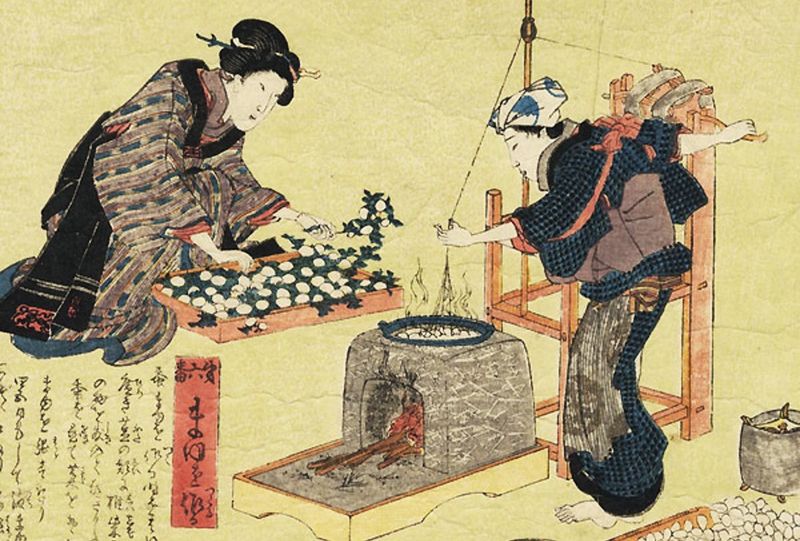
The humble silkworm, though small, sparked one of the most significant trade networks in history. Its cocoon, yielding luxurious silk, connected the East and West through the Silk Road. This trade route facilitated cultural exchange, commerce, and diplomacy.
Silk became a symbol of wealth and refinement, driving economies and influencing fashion worldwide. The production of silk required meticulous care, reflecting the intricate relationship between humans and nature.
Curious Fact: The secret of silk production was closely guarded in ancient China for centuries. The silkworm’s impact on global trade and culture is timeless, embodying elegance and innovation.
Camel
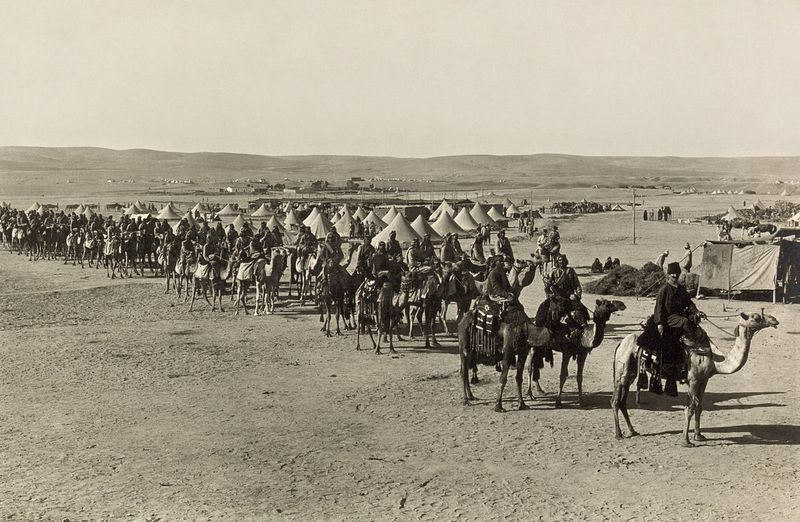
The resilient camel, known as the ‘ship of the desert,’ has been indispensable in arid landscapes. Its ability to endure harsh conditions made it crucial for trade across the Middle East and North Africa. Camels facilitated the trans-Saharan trade routes, enabling cultural and economic exchanges.
Beyond trade, they have been instrumental in exploration and transport, adapting to challenging environments. Camels symbolize endurance and survival, reflecting their vital role in human history.
Interesting Note: Camels can store fat in their humps, providing energy for long journeys. Their adaptability underscores their importance in shaping civilizations in desert regions.
Elephant
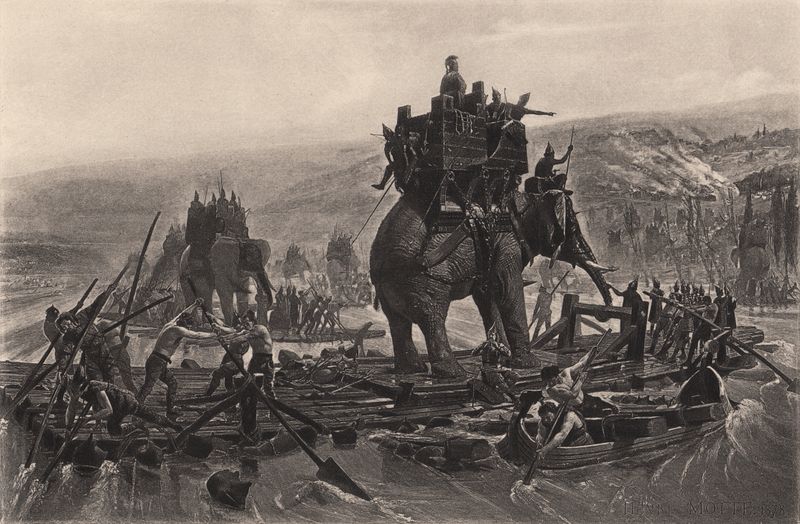
The majestic elephant, with its immense strength and intelligence, has played a pivotal role in human history. From Hannibal’s legendary crossing of the Alps to ceremonial uses in Asia, elephants symbolize power and wisdom. Their presence in warfare changed battle strategies, offering an unseen advantage.
Elephants have been vital in logging and construction, contributing to economic development. Their cultural significance is profound, representing royalty and spirituality across continents.
Did you know? Elephants have remarkable memories and social bonds, reflecting their complex nature. Their influence on history is enduring, showcasing their multifaceted contributions to human society.
Rat
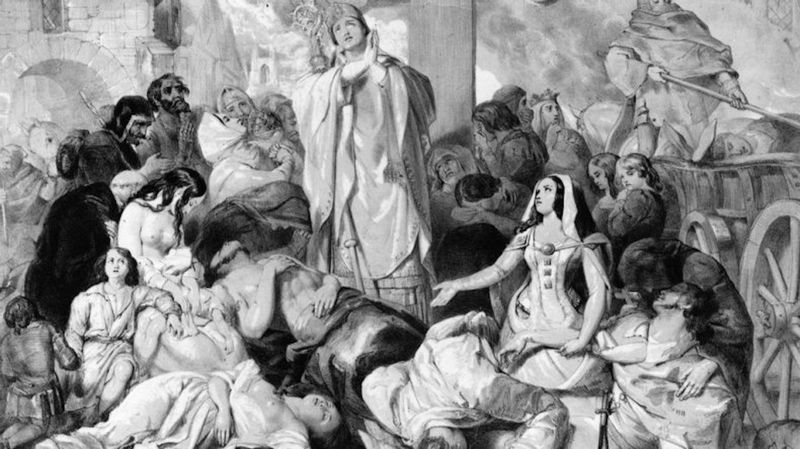
The rat, often seen as a pest, inadvertently shaped European history through the spread of the Black Death. Amidst medieval settings, rats carried fleas that transmitted the bubonic plague, decimating populations and altering societal structures. This pandemic led to significant changes in public health and sanitation practices.
Ironically, rats also symbolize resilience and adaptability, thriving in urban environments. Their role in history is a reminder of the interconnectedness of ecosystems and human life.
Fun Fact: Rats are highly intelligent and can navigate mazes with ease. Their impact on history, though unintended, is a testament to their enduring presence.
Cat
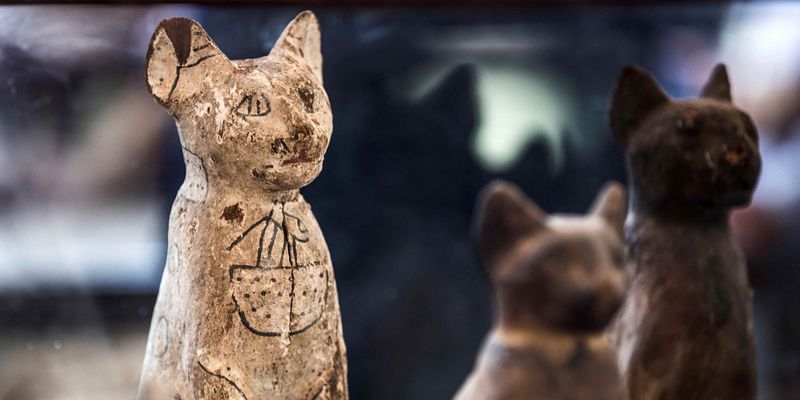
The mysterious cat, revered in ancient Egypt as a sacred animal, has played a crucial role in human history. Cats controlled rodent populations, reducing disease and protecting food supplies in cities and on ships. Their hunting prowess made them indispensable allies in maintaining hygiene.
Cats embody independence and curiosity, creating bonds with humans that transcend time. They have influenced art, literature, and culture, symbolizing mystery and grace.
Did you know? In ancient Egypt, harming a cat was punishable by death. Their contributions to public health and society are enduring, reflecting their unique place in human history.
Reindeer
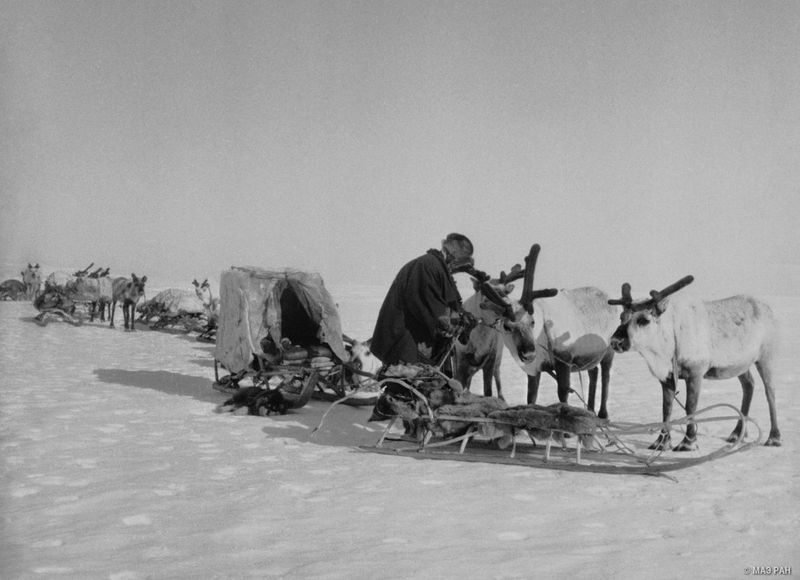
The hardy reindeer, with its antlers reaching towards the sky, is integral to Arctic indigenous cultures. For the Sámi people, reindeer provided sustenance, clothing, and transport, forming the backbone of their nomadic lifestyle. These animals adapted to cold environments, showcasing their resilience.
Reindeer symbolize harmony with nature and sustainable living, reflecting cultural traditions that prioritize ecological balance.
Curious Fact: Reindeer have specialized hooves that adapt to seasonal changes, enabling them to traverse snow and ice. Their role in indigenous cultures is a testament to their adaptability and importance in harsh climates.
Ox
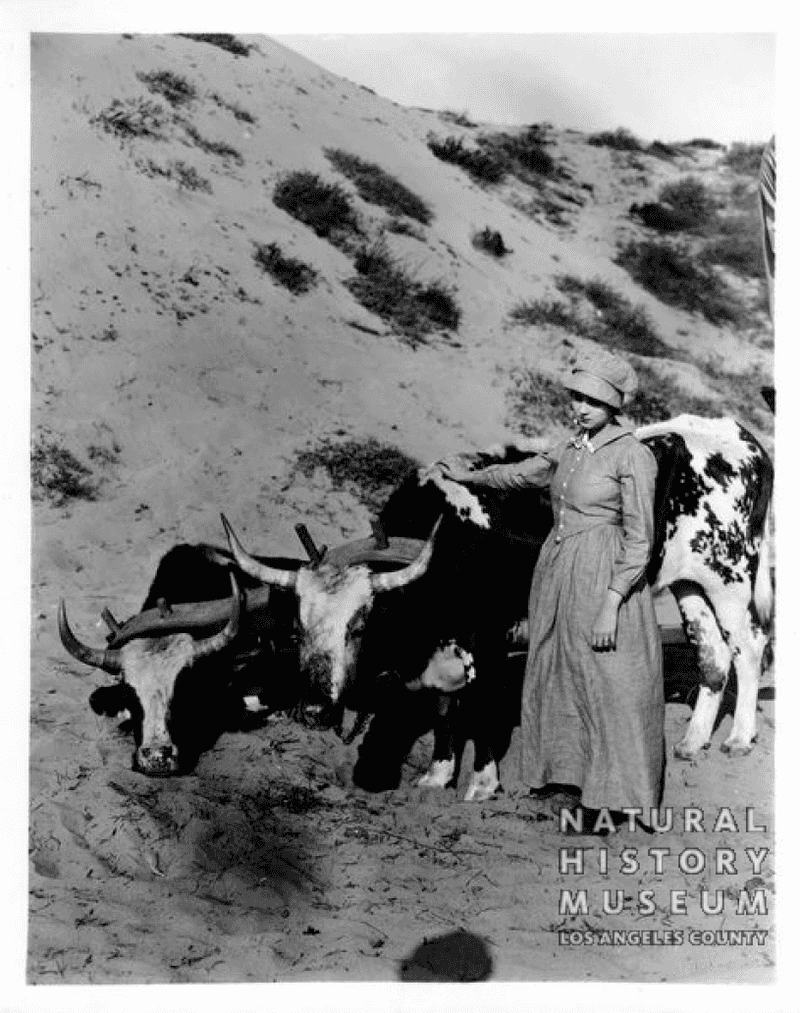
The sturdy ox, a symbol of perseverance, transformed early agriculture with its strength. As the original heavy-duty farm animal, oxen were essential for plowing fields and transporting goods. Their labor allowed for the expansion of agriculture and settlement.
Oxen played a significant role in shaping economies, enabling efficient farming and trade. Their contribution to human progress is both practical and enduring.
Fun Tidbit: Oxen are known for their teamwork, working in pairs to maximize efficiency. Their impact on agrarian societies is profound, reflecting their indispensable role in human history.
Donkey
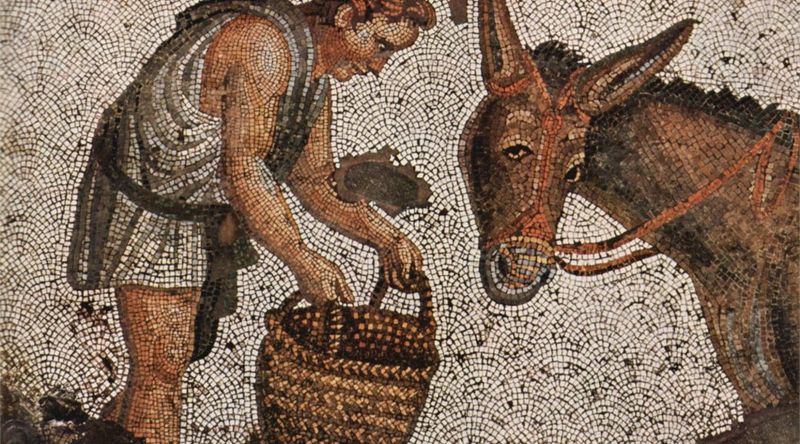
The reliable donkey, with its steadfast nature, has been a crucial asset in harsh climates. Used for hauling, transport, and agriculture, donkeys have served empires and rural communities alike. Their adaptability and endurance make them invaluable in difficult terrains.
Donkeys symbolize humility and wisdom, reflecting their role in cultural narratives and folklore. They continue to support livelihoods in regions where mechanization is limited.
Did you know? Donkeys have a remarkable ability to remember places and other donkeys they have encountered. Their contributions to human history are both humble and significant, illustrating their unique capabilities.
Goat
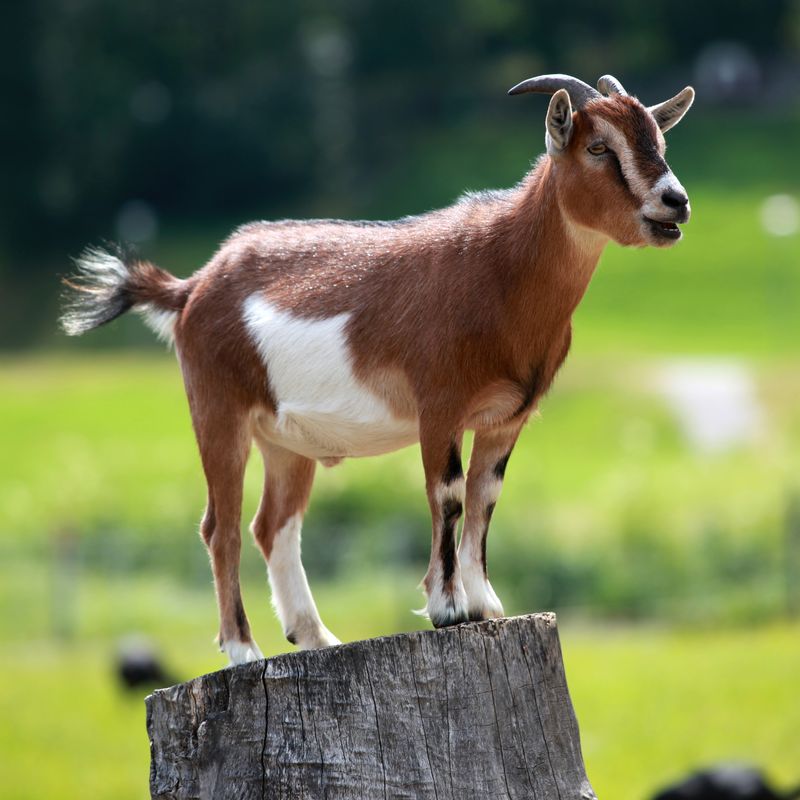
The agile goat, with its independent spirit, was one of the first animals to be domesticated. Goats provided milk, meat, and hides, essential resources for nomadic cultures. Their ability to navigate rocky terrains made them ideal for herding in challenging environments.
Goats symbolize resourcefulness and adaptability, thriving in diverse climates and conditions. Their contributions to human nutrition and textiles are invaluable.
Quirky Fact: Goats have rectangular pupils, allowing them to see well in the dark. Their role in human history is a testament to their resilience and versatility, reflecting their enduring presence.
Buffalo (American Bison)
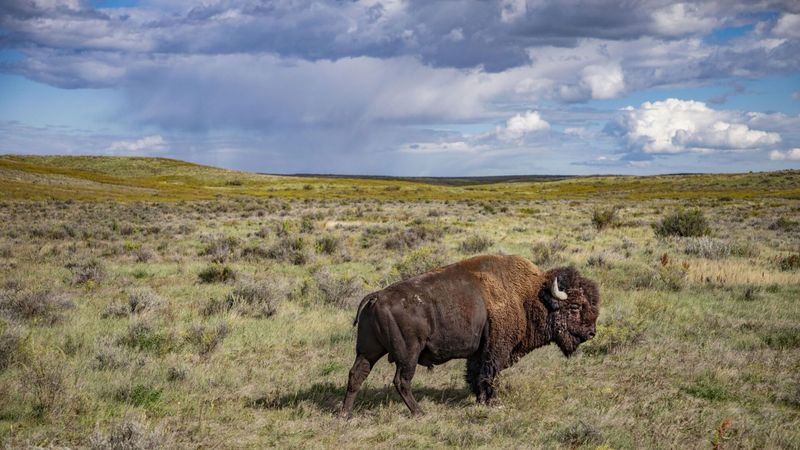
The iconic buffalo, or American bison, roamed the Great Plains in vast herds, sustaining Native American tribes for centuries. Their meat, hides, and bones were essential for food, clothing, and tools, forming a cornerstone of indigenous life.
The near-extinction of buffalo due to colonial expansion reshaped ecosystems and cultures, symbolizing resilience and renewal.
Interesting Note: Buffaloes have been reintroduced to various preserves, symbolizing conservation and cultural revival. Their role in Native American history is profound, reflecting their spiritual and practical importance to the tribes of North America.
Alpaca
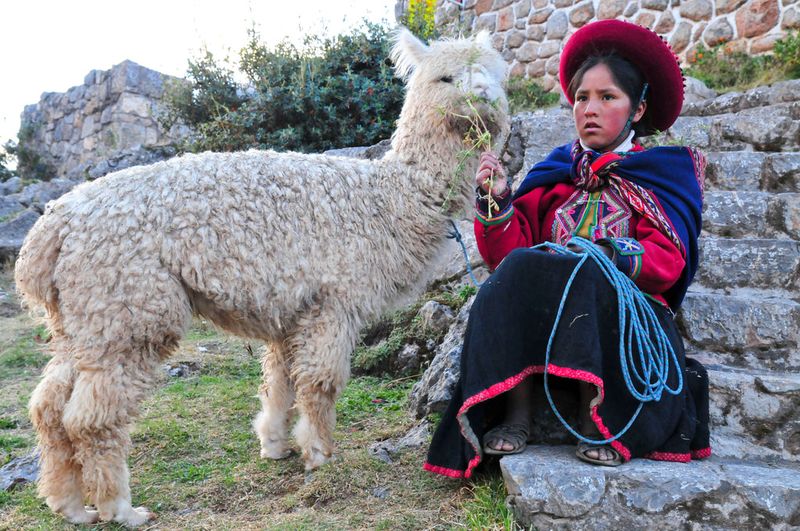
The gentle alpaca, with its soft fleece, was a cherished resource in ancient Andean civilizations such as the Inca Empire. Providing luxurious fiber, alpacas contributed to the economy and culture, symbolizing wealth and prosperity.
Their adaptability to high altitudes made them invaluable in the Andes, thriving in mountainous regions. Alpacas continue to support local economies and cultural traditions, reflecting their enduring significance.
Fun Fact: Alpacas communicate through a series of hums, showcasing their social nature. Their impact on Andean history and culture is profound, embodying elegance and sustainability.
Duck

The versatile duck, with its quacking call, has been integral to agriculture and diets worldwide. Used in wetland farming systems like rice paddies in Asia, ducks control pests and fertilize the land, enhancing productivity.
Ducks provide eggs and meat, supporting culinary traditions across cultures. Their role in ecosystems is vital, reflecting the interconnectedness of nature and agriculture.
Quirky Tidbit: Ducks have waterproof feathers, allowing them to thrive in aquatic environments. Their contributions to food production and agricultural sustainability are enduring, highlighting their unique adaptability and importance.
Leech
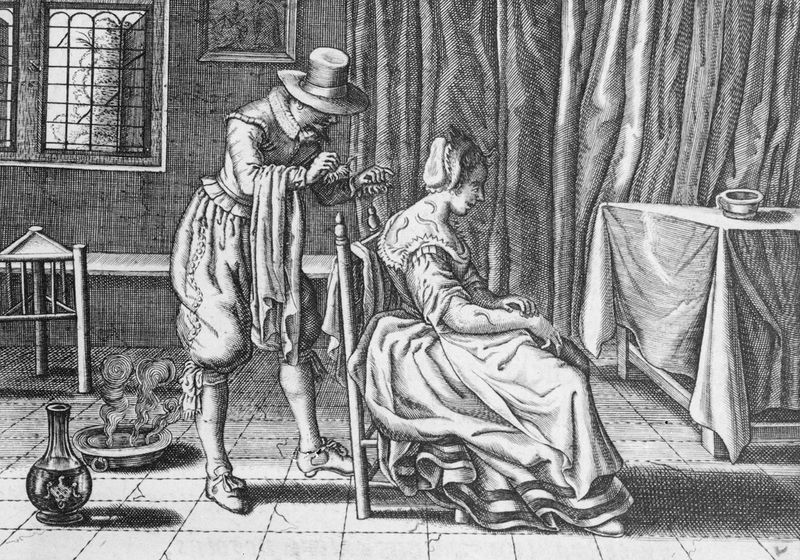
The humble leech, often misunderstood, played a crucial role in ancient and medieval medicine. Used for bloodletting, leeches were believed to balance bodily humors and treat various ailments. Their application in infection control was widespread, reflecting early medical practices.
Leeches symbolize the evolution of medicine, highlighting the journey from traditional to modern healthcare. Their contribution to medical history is both curious and significant.
Did you know? Leeches continue to be used in modern medicine for reconstructive surgeries, aiding in blood circulation. Their historical significance is a testament to their versatility and enduring relevance.
Smallpox-Infected Cow (for vaccination)
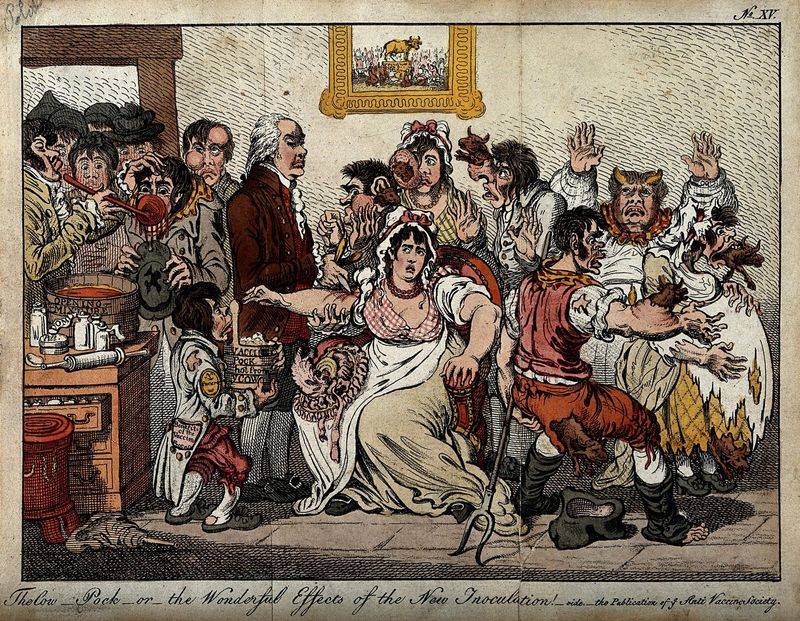
The smallpox-infected cow, though seemingly ordinary, revolutionized medical history through Edward Jenner’s groundbreaking discovery. By realizing that cowpox could protect against smallpox, Jenner developed the first vaccine, saving countless lives and changing the course of medicine.
This discovery marked the beginning of immunology, laying the foundation for modern vaccines. Cows symbolize health and protection, reflecting their unexpected role in advancing medical science.
Fascinating Fact: The term ‘vaccine’ is derived from ‘vacca,’ the Latin word for cow. The smallpox-infected cow’s contribution to medical history is monumental, highlighting the power of observation and innovation.

